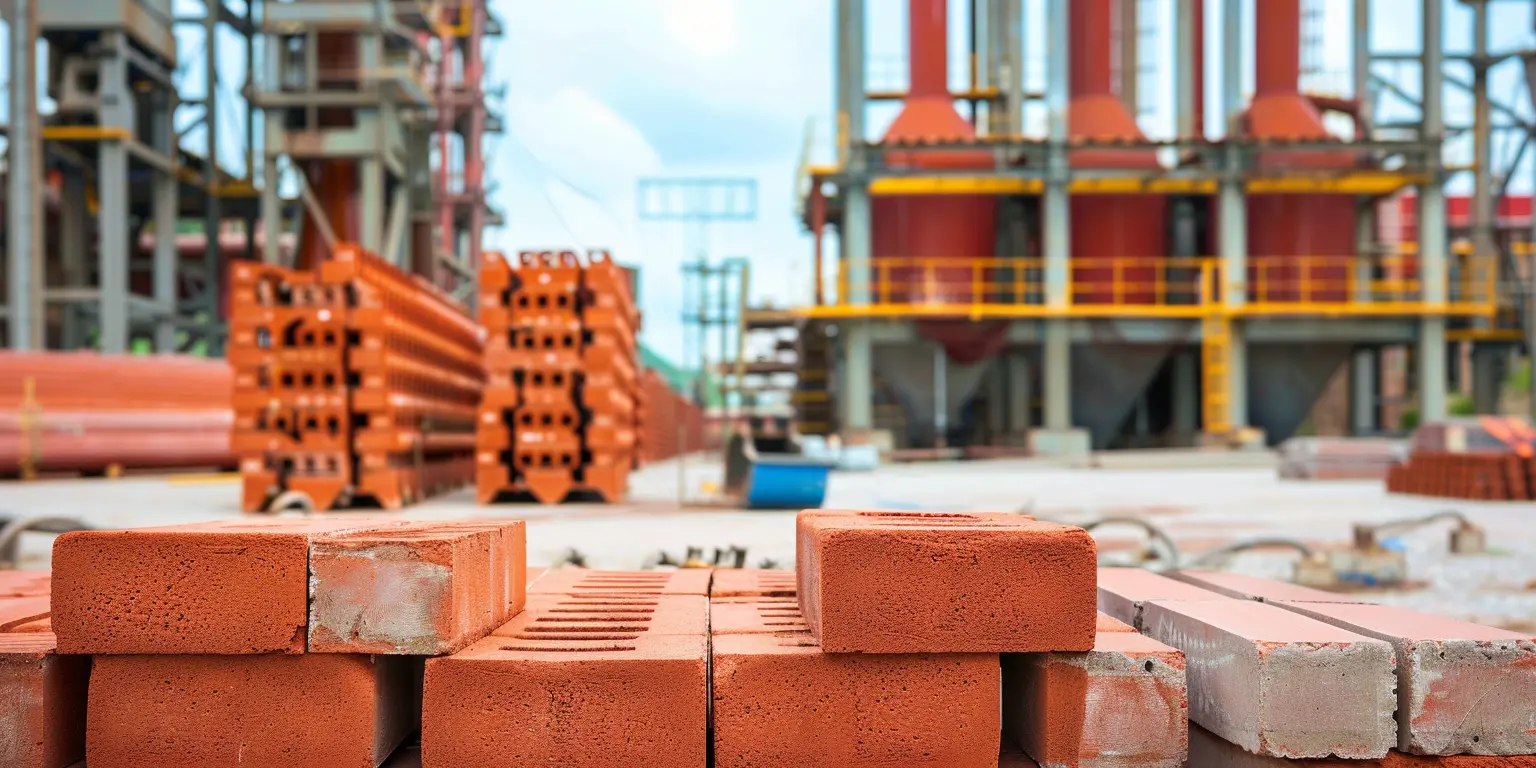How to Choose High-Durability Magnesia-Alumina Spinel Bricks for Cement Rotary Kilns
2024/12/07
Market analysis
Explore our expert market analysis on selecting high-durability magnesia-alumina spinel bricks for cement rotary kilns. Learn about material performance, advantages, and tips to enhance kiln efficiency while ensuring long-lasting results.
Understanding Magnesia-Alumina Spinel Bricks
Magnesia-alumina spinel bricks are essential refractory materials used in cement rotary kilns. They offer excellent durability and thermal stability, which are crucial for high-temperature applications in the cement industry.
Key Benefits of Using Magnesia-Alumina Spinel Bricks
The advantages of these bricks include:
- High thermal shock resistance, ensuring longevity even in harsh conditions.
- Excellent volume stability at high temperatures, preventing deformation during operation.
- Resistance to chemical erosion, enhancing the lifespan of the kiln linings.
Selecting the Right Bricks for Your Application
When choosing magnesia-alumina spinel bricks, consider the following factors:
- Temperature Resistance: Ensure the bricks can withstand the maximum operating temperature of your kiln.
- Chemical Composition: Select bricks with a suitable chemical composition to withstand the specific corrosive environments in your kiln.
- Mechanical Strength: Opt for bricks that provide the necessary mechanical strength to endure operational stresses without failure.
Tips for Enhancing Kiln Efficiency
To maximize the efficiency of your cement rotary kiln:
- Regularly monitor kiln performance and material wear to identify areas for improvement.
- Employ efficient operating practices to minimize thermal losses and prolong the life of the refractory materials.
- Invest in premium-quality magnesia-alumina spinel bricks to ensure optimal performance and durability.
.jpg)

.jpg)
